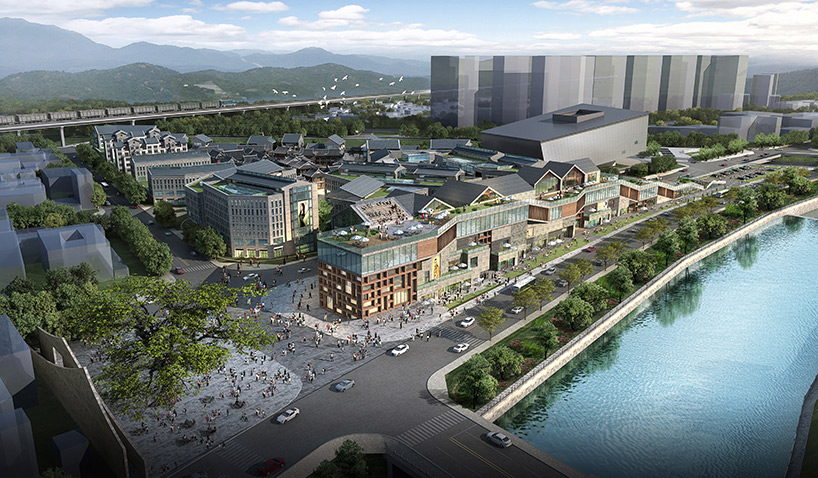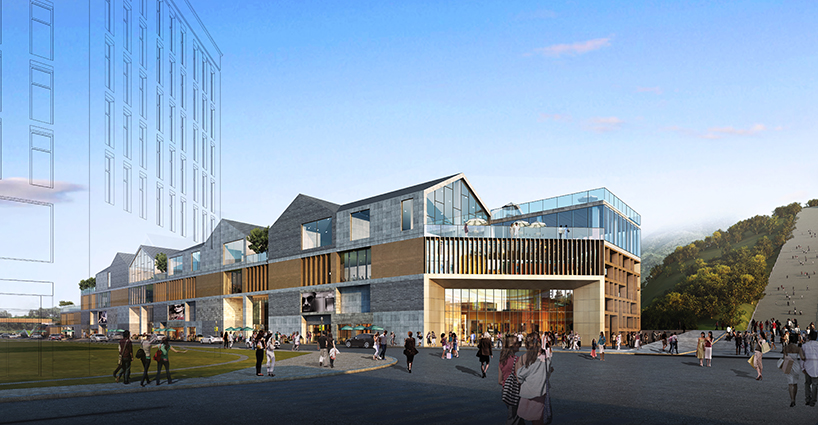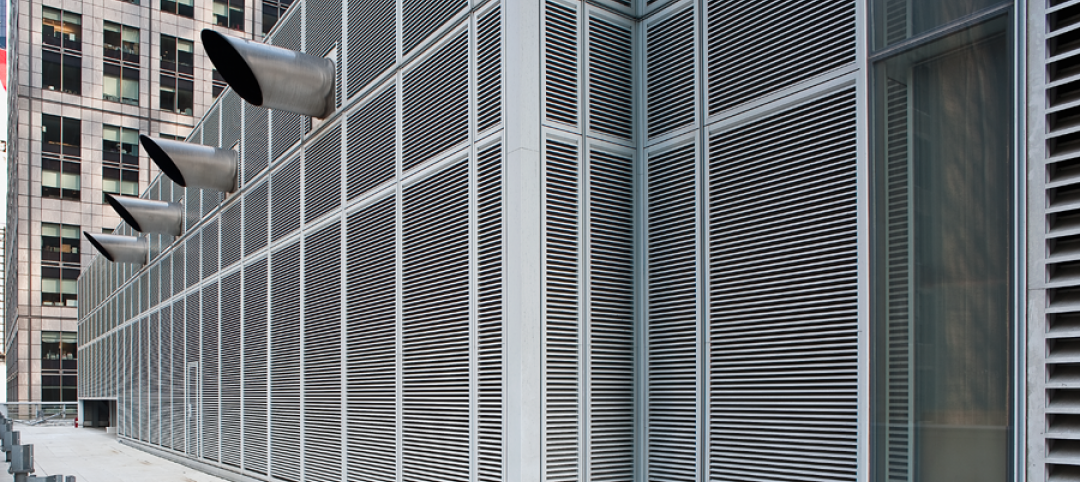The design team at Kuan Architects is making the most of an oddly shaped plot of land.
The Chinese firm designed a mall in Qinshui, a city in China’s Shanxi province, that will fit within the 250x30-meter dimensions surrounded by parallel roads and two converging rivers.
According to Designboom, the stepped, two-level, glass-covered venue is appropriately titled "Antique Fish." Traditional Chinese art, like the Wunderkammer design, is incorporated into the mall's design.
The building rises from east to west, in part, to attract visitors from a nearby water park to the east. Its second-story gallery is above the lower level shopping center, where retail spaces are located on the building's "spine," as it's known.
The 20,500-sm mall is scheduled to be completed by the fall of 2016.

Related Stories
| Jul 20, 2012
Global boom for hotels; for retail, not so much
The Giants 300 Top 10 Firms in the Hospitality and Retail sectors.
| Jul 17, 2012
KM/Plaza changes name to Plaza Construction
Lands new projects including the Perry South Beach Hotel and Dadeland Mall Kendall Wing Expansion.
| Jun 1, 2012
New BD+C University Course on Insulated Metal Panels available
By completing this course, you earn 1.0 HSW/SD AIA Learning Units.
| May 29, 2012
Reconstruction Awards Entry Information
Download a PDF of the Entry Information at the bottom of this page.
| May 24, 2012
2012 Reconstruction Awards Entry Form
Download a PDF of the Entry Form at the bottom of this page.
| Apr 30, 2012
HSA Commercial selected as consultant for Orland Park’s Main Street Triangle project
HSA will be responsible for designing an overall mixed-use merchandise plan, attracting a unique retail tenant mix and completing leases with prospective tenants.
| Apr 20, 2012
Shawmut completes Yard House Restaurant in Boston
12,000-sf restaurant marks new addition to Boston’s Fenway neighborhood.
| Apr 19, 2012
KTGY Group’s Arista Uptown Apartments in Broomfield, Colo. completed
First of eight buildings highlights unique amenities.
| Apr 16, 2012
University of Michigan study seeks to create efficient building design
The result, the researchers say, could be technologies capable of cutting the carbon footprint created by the huge power demands buildings place on the nation’s electrical grid.















